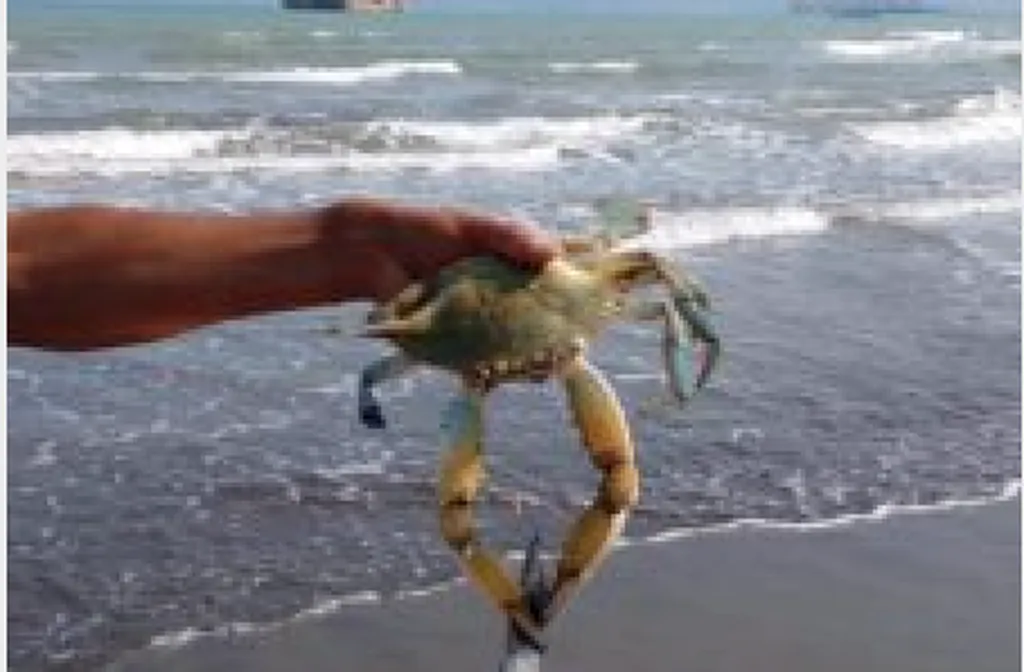In the heart of Morocco’s protected coastal areas, a scientific breakthrough is turning an ecological threat into an economic opportunity. The American blue crab, *Callinectes sapidus*, an invasive species wreaking havoc on Mediterranean biodiversity, is now at the center of a promising circular economy strategy. Researchers, led by Kamal Gourari from the Laboratory for the Improvement of Agricultural Production at Mohamed Premier University, have uncovered valuable insights into the crab’s meat nutritional value and exoskeleton composition, paving the way for sustainable management and commercial exploitation.
The study, published in the journal *Marine Drugs* (which translates to *Marine Drugs* in English), analyzed crabs from three distinct sites: Marchica Lagoon, Moulouya Estuary, and Al Hoceima National Park. Each site yielded crabs with unique nutritional profiles, offering a range of commercial possibilities. “The Marchica specimens exhibited the highest protein content, making them ideal for premium markets,” Gourari explained. “Meanwhile, the Moulouya crabs were richer in fat and carbohydrates, suggesting a potential for gourmet applications, while Al Hoceima individuals had leaner meat, valued in dietary applications.”
Beyond the meat, the crab’s exoskeleton holds significant promise. The study revealed that the exoskeletons from these sites displayed different organic-to-mineral ratios, indicating adaptive profiles influenced by local environmental conditions. This phenotypic plasticity not only underscores the species’ resilience but also opens avenues for biopolymer extraction. “The exoskeletons contained high-purity chitosan, a valuable biopolymer with numerous industrial applications,” Gourari noted.
The findings suggest a site-specific approach to managing the invasive species, transforming a biological invasion into an economic boon. By developing a circular economy framework, Morocco can harness the crab’s potential while mitigating its ecological impact. This research could inspire similar strategies in other regions grappling with invasive species, offering a blueprint for sustainable resource management.
As the world seeks innovative solutions to ecological challenges, this study highlights the untapped potential of invasive species. By turning threats into opportunities, we can foster both environmental resilience and economic growth. The American blue crab, once a menace, is now a beacon of hope for Morocco’s coastal areas and beyond.

